
$ 1,100.00
Archival Pigment Print
Signed and numbered by the artist
Edition of 50
16x20", 20x24" or 30x36"
Sometimes the best picture from a shoot is a moment that was completely unexpected. Like a lot of photographers, I am guilty of sometimes doing too much planning, and not leaving enough room for spontaneity. Another way to put it is that sometimes I don’t trust the process. I think this is an easy trap for a photographer to fall into, especially one like myself who works with a lot of famous people. You get an opportunity to photograph an iconic figure, like Jack Nicholson, and the tendency is to plan the shoot down to the minute. You don’t want to assume magic will happen, or that the subject will flip a switch and give you an amazing moment. However, if you don’t leave room for that magic to happen, you are pretty much guaranteeing that it won’t.
This conundrum always brings me back to the blank page theory – which essentially is this: if you put a blank page in front of a creative person and say they can do anything with it they want, most likely that creative person will be paralyzed. When there are no limits, and only possibilities, it can be daunting to say the least. This relates specifically to the aforementioned Jack Nicholson shoot, which I did for Esquire magazine. The photo editor called me up and said, “Do you want to shoot Jack Nicholson?” My first question back in these cases is usually, “What are the parameters?” Meaning, he will only be shot in a studio, or he is promoting a certain film, so it has to be in a suit, or he only wants to be photographed at a certain hotel, or some other kind of limitation that guides the way you approach the shoot. But in this case, the response was, “He will go pretty much anywhere in Los Angeles, and I just want an interesting picture."
This is where it gets tricky, because it sounds like you can do anything you want, but ultimately, the talent will show up and have a say in the image, not to mention the publicist’s concerns. I decided to do sort of a formal suit look, and make pictures that underscored Jack’s gravitas and legacy. Sometimes you want your pictures to look like they were shot on the set of the Godfather, what can I say?
Well, Jack came, and he played along, and gave me that scrutinizing look that he is known for, and we made some pictures that had depth and darkness and mystery. In other words, we followed the script I had created, and I used my time to make the pictures I thought I wanted to make. But when the shoot was over, Jack went into a back room and changed back into the clothes he showed up in- a baggy button down, hat, and sunglasses. In other words, he changed back into himself. And the whole afternoon I had this nagging notion that I wasn’t really photographing Jack Nicholson, but instead a character that we had created. It was on my mind as he started to say his goodbyes. I grabbed the camera and walked out the front door of the house we were shooting in, and asked Jack to hold up a moment, for one more picture. To my delight, he didn’t turn down my request, but instead started goofing off for the camera. He was showing off, giving me personality, humor, and a playfulness that seemed so intimate. I trusted the process, and in two minutes had a group of images that were better than anything I could have set up and planned for. The photograph here comes from a series of images, and I had a very hard time choosing just one. Maybe I will add a few more from the series…
This trusting of the process is difficult to do when you know you have to deliver interesting images to the magazine in a limited amount of time. I have so much admiration for photographers that can show up with a camera and no preconceived plan for the shoot, and still make an arresting and unique image. I hope that as my career has progressed, I have become more like that myself. It is something to strive for: living in the moment and having no idea what will happen next. Isn’t that what photography is all about?
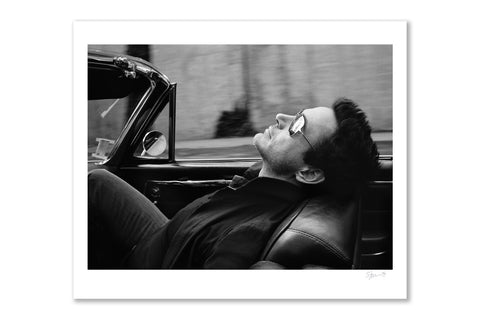
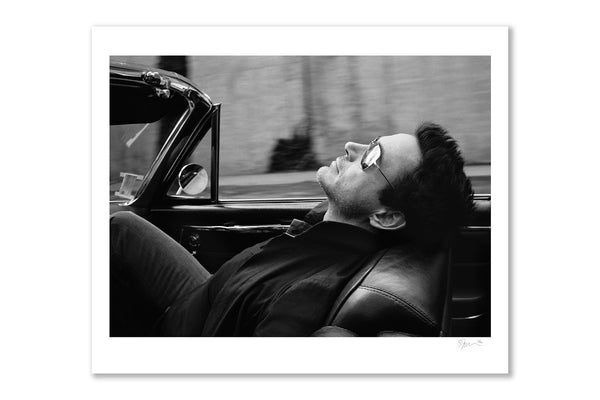
$ 1,100.00
16x20" or 20x24" Archival Pigment Print Signed and Numbered by the artist Edition of 50
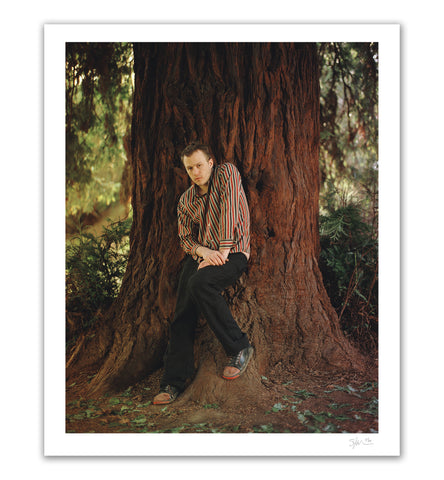
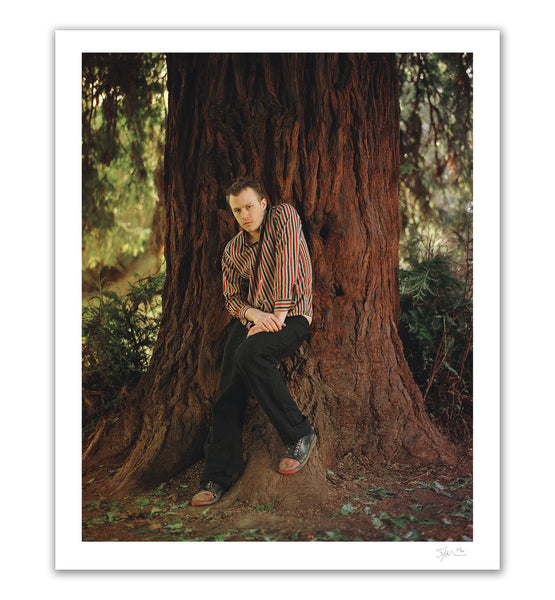
$ 1,100.00
16x20" or 20x24" Archival Pigment Print Signed and Numbered by the artist Edition of 50
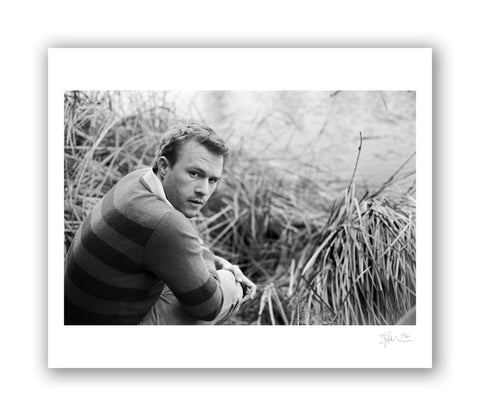
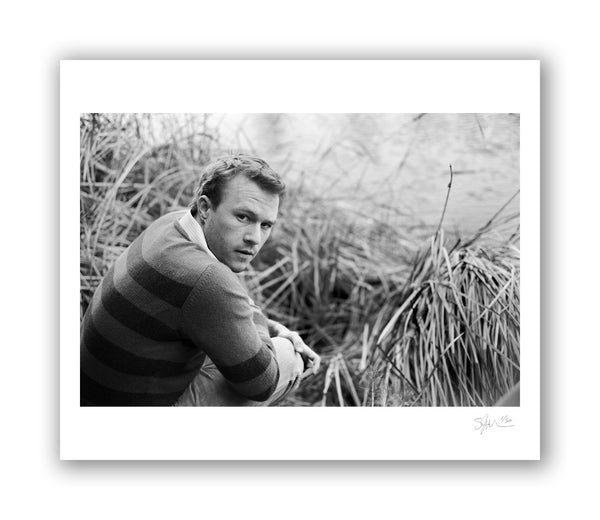
$ 1,100.00
16x20" or 20x24" Archival Pigment Print Signed and Numbered by the artist Edition of 50